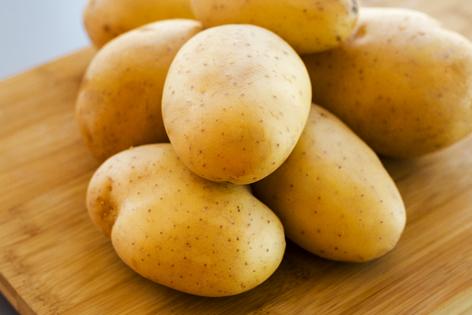How to eat seasonally all winter long
Published in Health & Fitness
We tend to think of summer as the time to dive into seasonal produce, with farmers markets flourishing, roadside produce stands popping up across the country, and grocery stores lush with the bounty of the peak growing season. But there are plenty of colorful, nutritious fruits and vegetables that thrive in the cooler months or are harvested in the fall and maintain their flavor and health benefits throughout the winter.
One of the easiest ways to ensure you’re eating in season is to buy produce directly from farms in your area. Check out winter farmers markets or cold-season community supported agriculture (CSA) subscription models.
Even if you don’t have access to local farms, you can find plenty of seasonal produce in the grocery store throughout the winter. While seasonal produce depends largely on where you live, there are plenty of fruits and veggies available across the country that are at their peak during winter.
Winter squash
This category includes varieties of hard-skinned squash such as acorn, butternut, kabocha, butternut and delicata that are harvested in the fall and can be stored and eaten all through the cooler months. They’re incredibly versatile, whether you choose to roast, stuff or bake them.
Potatoes
As if we needed any more reasons to love potatoes, everyone’s favorite tubers are a great choice when trying to eat seasonally over the winter. Potatoes are readily available year-round due to how well they keep when stored properly. A typical harvest time for spuds is in the late fall, but depending on your climate, they might be fresh even in the middle of winter. Don’t limit yourself to basic white and sweet — there are more than 200 varieties of taters grown across the U.S. Between the myriad varieties and cooking methods, the potato possibilities are endless.
Citrus fruits
It seems counterintuitive that bright, vibrant citrus would be a winter fruit, but most citrus fruits do ripen to their sweetest from late fall to early spring. Unless you live in a temperate region, you likely won’t be able to find them grown locally, but that doesn’t mean you shouldn’t enjoy the vitamin C-rich, juicy treasures. Classics like grapefruit and clementines are always a hit, but keep your eyes peeled for blood oranges, kumquats and Meyer lemons for a variety of tart and sweet treats. In addition to making great snacks on their own, citrus fruits can be the perfect addition to brighten up an endive salad or an unexpected kick in an otherwise classic cake.
Brassicas
The brassica vegetable family includes some of the most nutritious and versatile produce out there, including cauliflower, cabbage, Brussels sprouts and the lesser-known kohlrabi (which looks like an alien spaceship but tastes like a delicious variation of a broccoli stem). Brassicas shine when roasted to caramelization in the oven, thrown into stir-fries or sliced thinly in salads.
Hearty greens
Cooking greens like escarole, endive and kale are at their best when grown at cooler temperatures — crisp and sweet and not too bitter. Try them sautéed, braised or as part of a hearty winter salad with a mix of grains, dried fruit and a tangy dressing.
(Real Simple magazine provides smart, realistic solutions to everyday challenges. Online at www.realsimple.com.)
©2021 Meredith Corporation. Distributed by Tribune Content Agency, LLC.







Comments